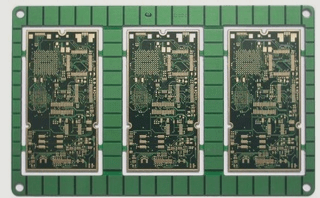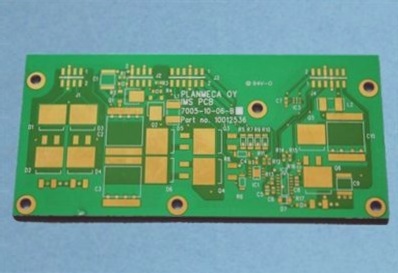Key Material Properties for High-Frequency Circuit Board Production
- Dielectric Constant (Dk): The Dk of PCB substrates needs to be small and stable to ensure fast signal transmission speed. A lower Dk results in faster signal transmission, while a higher Dk can cause signal delays.
- Dielectric Loss: Lower dielectric loss leads to better signal transmission quality and reduced signal loss.
- Thermal Expansion Coefficient: Copper foil should have a consistent thermal expansion coefficient and low water absorption. Other important properties include heat resistance, chemical resistance, impact strength, and peel strength.
High-Frequency Circuit Board Substrates
High-frequency boards typically operate above 1GHz. Fluorine-based dielectric substrates like Teflon are commonly used for frequencies above 5GHz, while FR4 substrates are suitable for the 1GHz to 10GHz range. Teflon is preferred for optimal frequency characteristics, especially for frequencies exceeding 10GHz.

Specific Characteristics of High-Frequency Circuit Boards
- Gain: High-frequency circuits prioritize voltage gain and output power, especially in resonant and optical fiber broadband differential amplification circuits.
- Bandwidth: Bandwidth is crucial for defining the frequency range and vibration amplitude characteristics of high-frequency circuit boards.
- Selectivity: The ability to select useful signals and suppress unwanted signals is essential for resonant amplification circuits.
- Noise Figure: Noise figure quantifies the contrast between input and output signal noise, impacting signal quality.
- Stability: Stability is key for maintaining consistent performance despite changes in operating conditions, ensuring reliable circuit operation.



